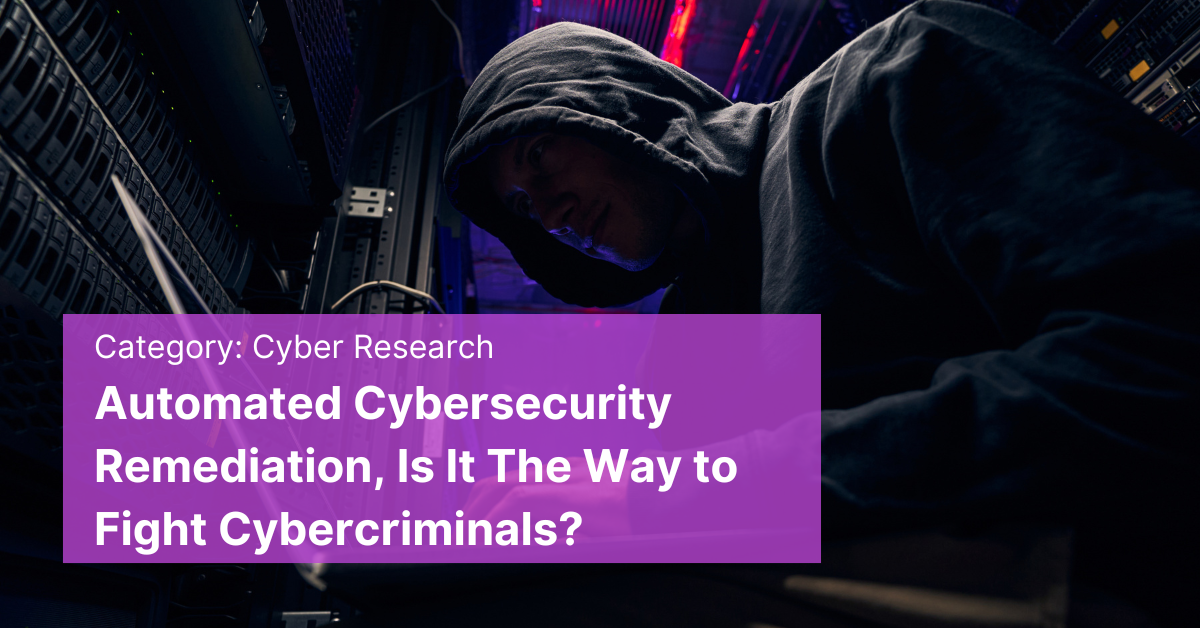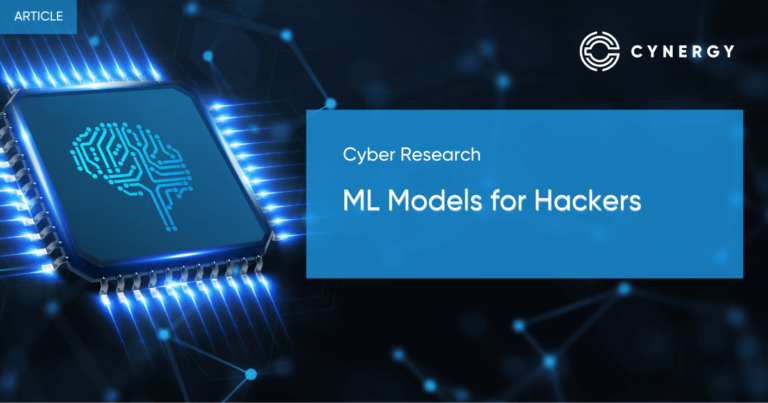As cyber-attacks continue to increase in frequency and sophistication, organizations are turning to automated cybersecurity remediation to help them fight back against cybercriminals. Automated remediation refers to the use of technology and software to automatically detect, analyze, and respond to cyber threats in real-time. It is seen as a key component of an organization’s cybersecurity strategy, as it allows for a faster and more efficient response to threats, reducing the risk of damage and disruption.
Real-Time Threat Detection with Automated Cybersecurity Remediation
One of the main benefits of automated cybersecurity remediation is its ability to detect threats in real time. Traditional security systems rely on pre-defined rules and signatures to identify threats, which can be time-consuming and may miss new or unknown threats. Automated remediation, on the other hand, uses artificial intelligence (AI) and machine learning algorithms to continuously monitor network activity and detect anomalies that may indicate a cyber attack. This allows it to identify threats faster and more accurately than traditional security systems, improving the overall effectiveness of threat detection.
Analyzing and Classifying Threats Using Automated Remediation
Another benefit of automated cybersecurity remediation is its ability to analyze and classify threats. Once a threat has been detected, automated remediation can analyze the threat to determine its type, severity, and potential impact. This information can then be used to prioritize the response and take the appropriate action. For example, if a threat is deemed to be of high severity and likely to cause significant damage, automated cybersecurity remediation may decide to isolate the affected system or shut it down to prevent further damage.
Responding to Threats with Automated Cybersecurity Remediation
Automated cybersecurity remediation can also be used to respond to threats in a variety of ways. This could include blocking the threat, quarantining it, or taking other measures to mitigate the risk. In some cases, automated remediation may also be able to automatically fix the issue, eliminating the need for manual intervention.
The Speed and Efficiency Advantage of Automated Cybersecurity Remediation
One of the main advantages of automated cybersecurity remediation is its speed and efficiency. By automating the process of detecting, analyzing, and responding to threats, it is possible to significantly reduce the time and resources required to address cyber threats. This is especially important in the case of fast-moving or highly sophisticated threats, which may require a rapid response to prevent significant damage.
Challenges and Limitations of Automated Remediation
However, there are also some potential challenges and limitations to consider when implementing automated cybersecurity remediation. One potential issue is the need for high-quality data. AI algorithms rely on large amounts of data to learn and improve, and if the data is not accurate or comprehensive, the algorithms may not be able to effectively detect and respond to threats. It is therefore important for organizations to ensure that they have access to high-quality data and to continuously update and improve their data sets.
Another challenge is the potential for bias in AI algorithms. If the data used to train the algorithms is biased, the algorithms may also be biased and may not accurately detect and respond to threats. It is important for organizations to be aware of this potential issue and to take steps to ensure that their data is diverse and representative of the full range of potential threats.
Conclusion: The Future of Cybersecurity Remediation
Despite these challenges, automated cybersecurity remediation is widely seen as the way of the future in the fight against cybercriminals. Its ability to detect and respond to threats in real time, combined with its speed and efficiency, makes it an essential tool in the cybersecurity arsenal. As such, it is likely to play an increasingly important role in the protection of organizations against cyber threats.
At Cynergy we are training AI models with supervision, to avoid biased judgment and adding our corrections when needed to provide quality data for training, this way we keep our clients safe and prevent potential breaches. Automated remediation is a step forward from a reactive to a proactive approach in preventing cybercrime and ransomware attacks.






